
Mixing Black in Oil Paint
Katie LiddiardMany artists insist that they never use black straight from the tube. It might seem like an odd rule to follow, but artist Katie Liddiard explains why you might want to do the same, and how you can achieve deeper, richer darks by mixing them. Blacks that come straight out of the tube can be problematic, Katie says. To demonstrate, with a painted square of ivory black from the tube, Katie has created a gray scale beneath it by mixing with lead white. But the ivory black has already begun to chip away, because the paint film itself isn’t strong—this pigment is what’s called a “fatty” oil paint, with more oil added to the paint than other colors have. Lead white, on the other hand, has very little oil content, making it stronger, as well as adding strength to any mix of the two, but ivory black on its own is weak. This black can also sink into the primer, making your value judgments more challenging as you paint.
Next, Katie turns to a better alternative—a mixed black, composed of alizarin, ultramarine blue, and Van Dyke brown. With a solid painted square of this mixture, the value depth is about the same as the black from the tube, but it’s not chipping and creates a stronger paint film. When painted out with white, the Van Dyke brown adds warmth, and the alizarin creates a slight purple cast in the gray scale.
As you develop skills in color mixing, try experimenting with the rich dark tones of mixed blacks instead of black from the tube!
Explore videos by Katie Liddiard
You may be interested in
Premium Membership
Unlock exclusive member content from our industry experts.
- 24/7 Access to Premium Visual Art Videos, Projects, and Tips
- Step-by-Step Instructional Demos, Guides, and Tutorials
- Access to Ask the Expert Program
Unlock exclusive member content from our industry experts.
- 24/7 Access to Premium Visual Art Videos, Projects, and Tips
- Step-by-Step Instructional Demos, Guides, and Tutorials
- 2 Full-Length Classes to Keep in Your Account for Life
- Access to Ask the Expert Program
Gold Membership
$340 Value
Get everything included in Premium plus exclusive Gold Membership benefits.
- 24/7 Access to Premium Visual Art Videos, Projects, and Tips
- Step-by-Step Instructional Demos, Guides, and Tutorials
- 4 Full-Length Classes to Keep in Your Account for Life
- 8 Downloadable Visual Art Guides
- Discounts on Purchase-to-Own Content in the Artist's Academy Shop
- Access to Ask the Expert Program
- Access to GOLD LIVE Streaming Events








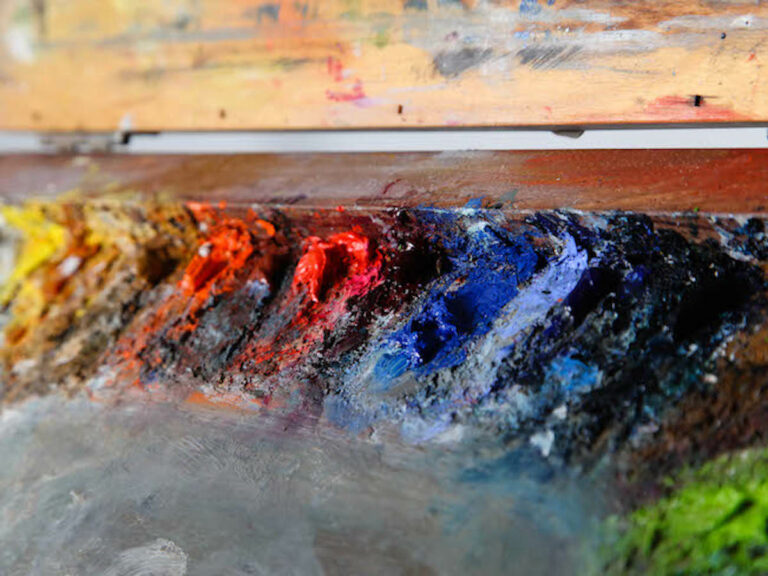



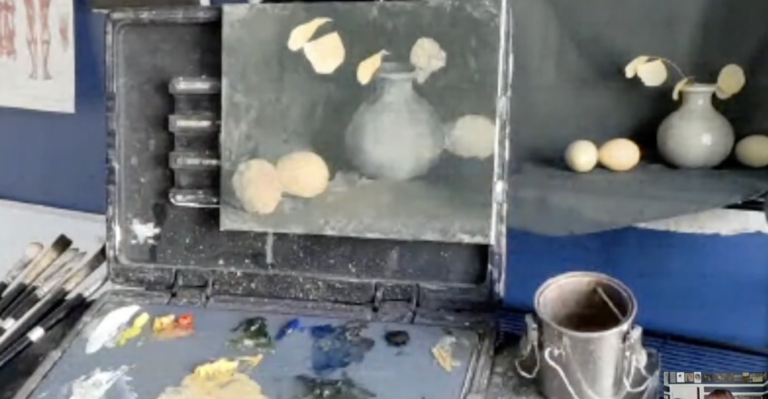
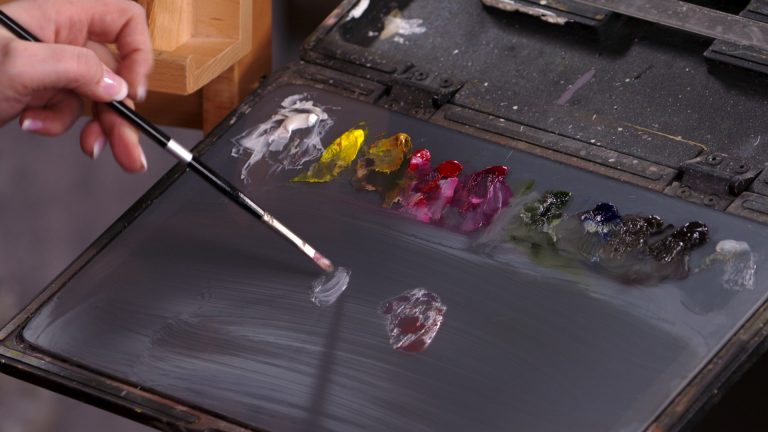
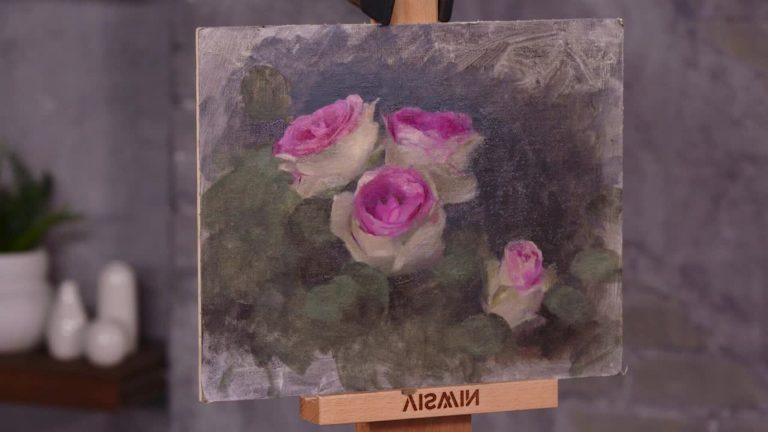
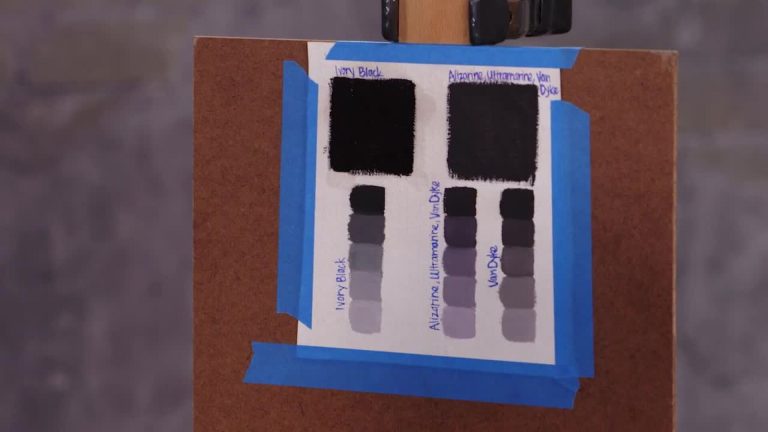

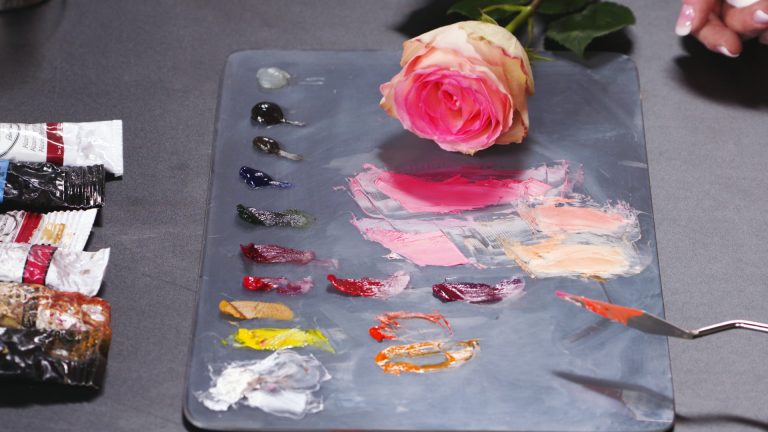
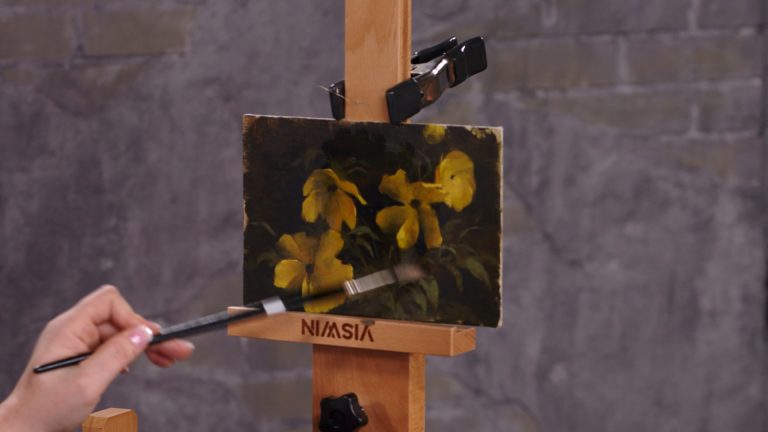
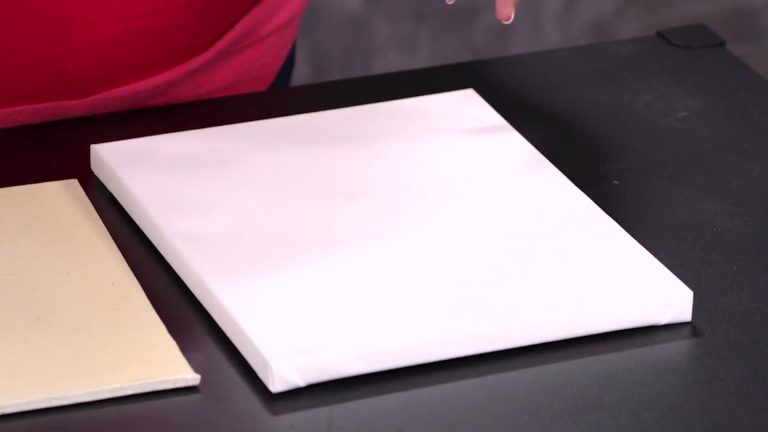
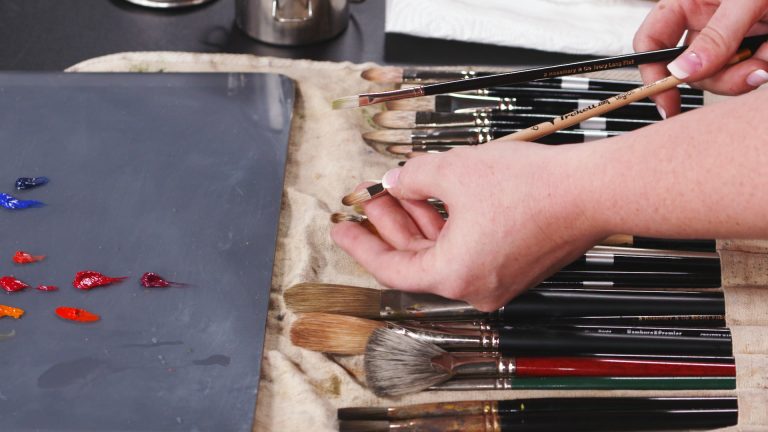
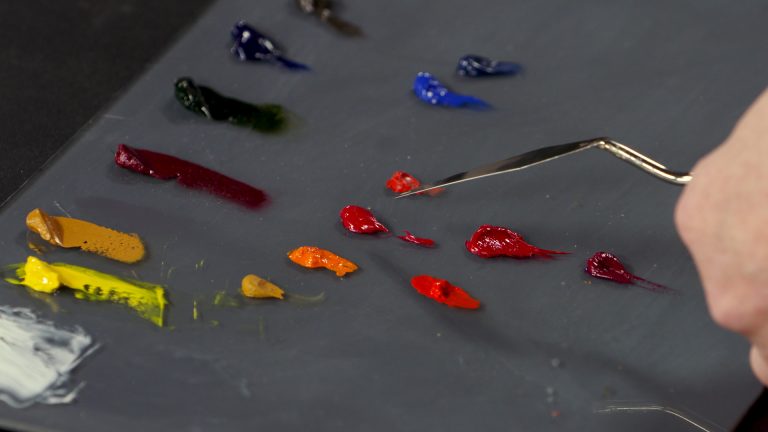
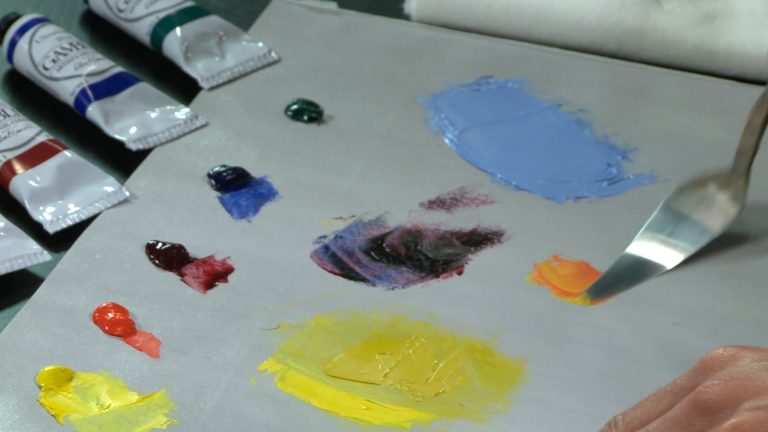
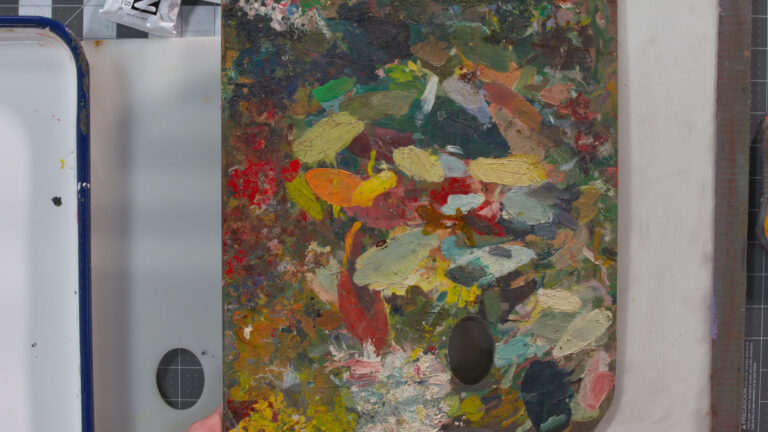


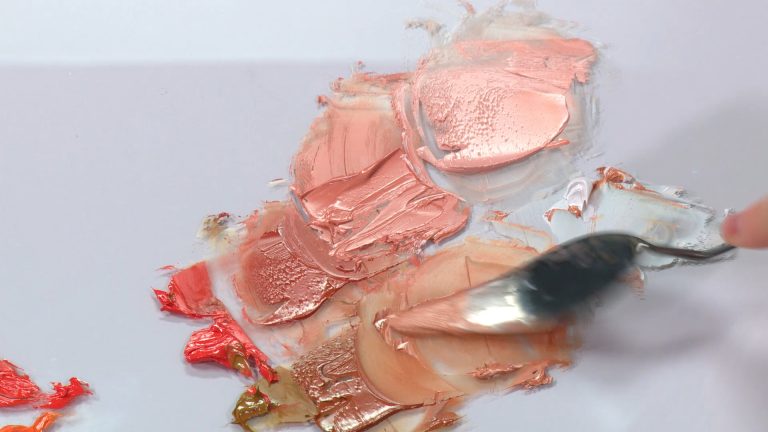
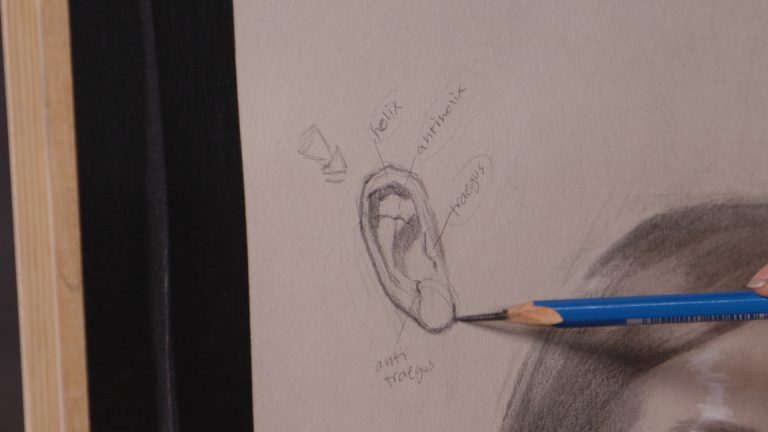
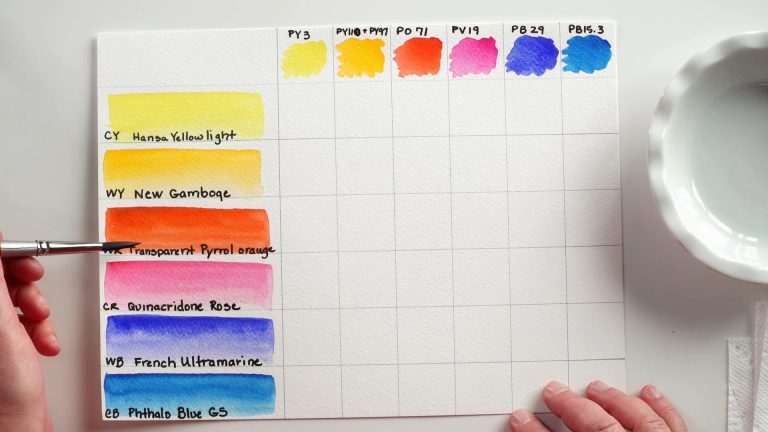
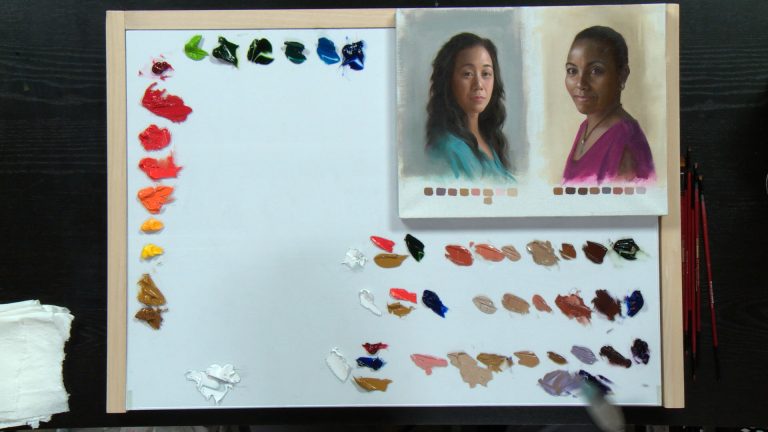

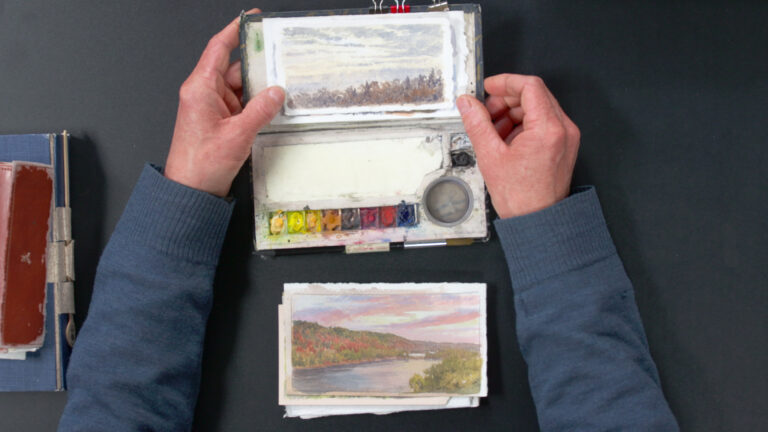



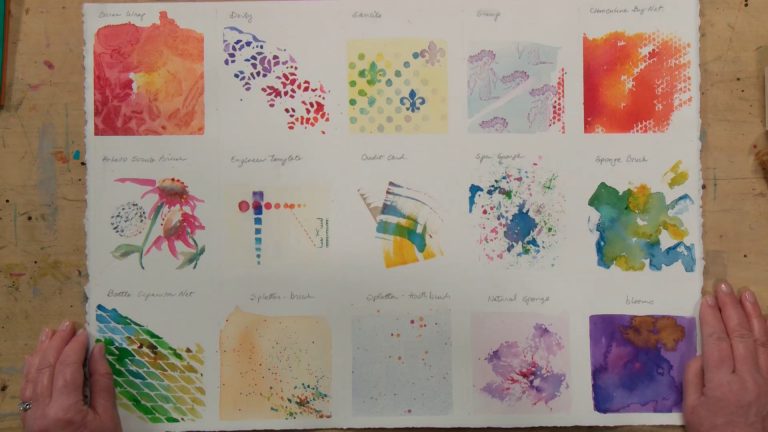
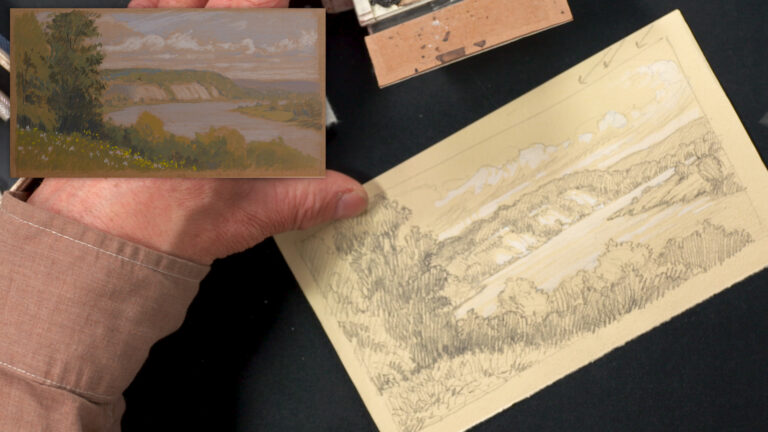

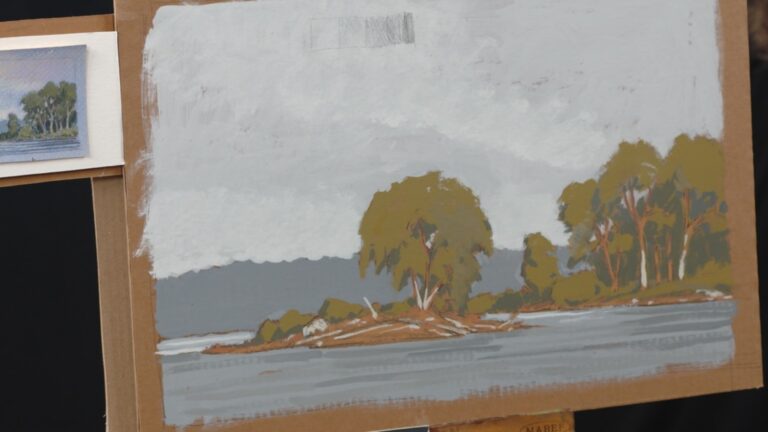
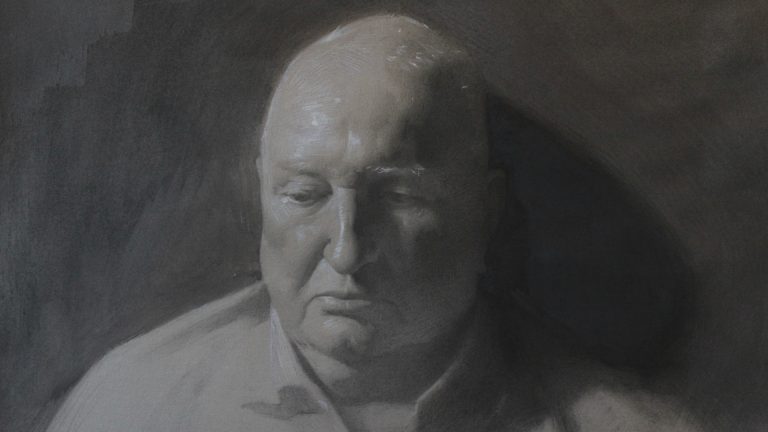

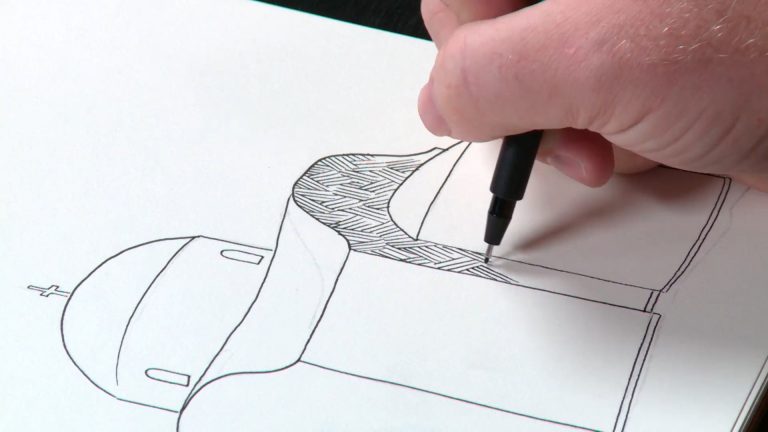

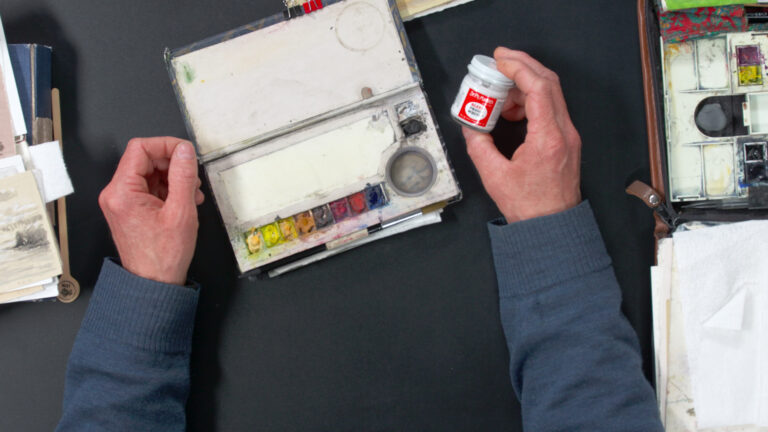


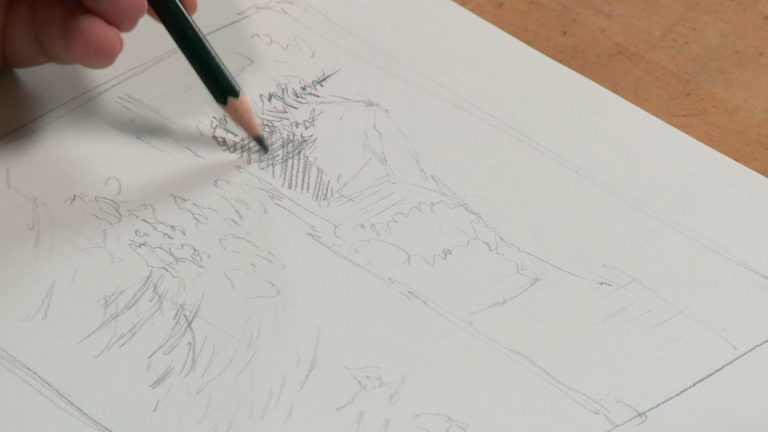
Share tips, start a discussion or ask one of our experts or other students a question.
Already a member? Sign in
No Responses to “Mixing Black in Oil Paint”